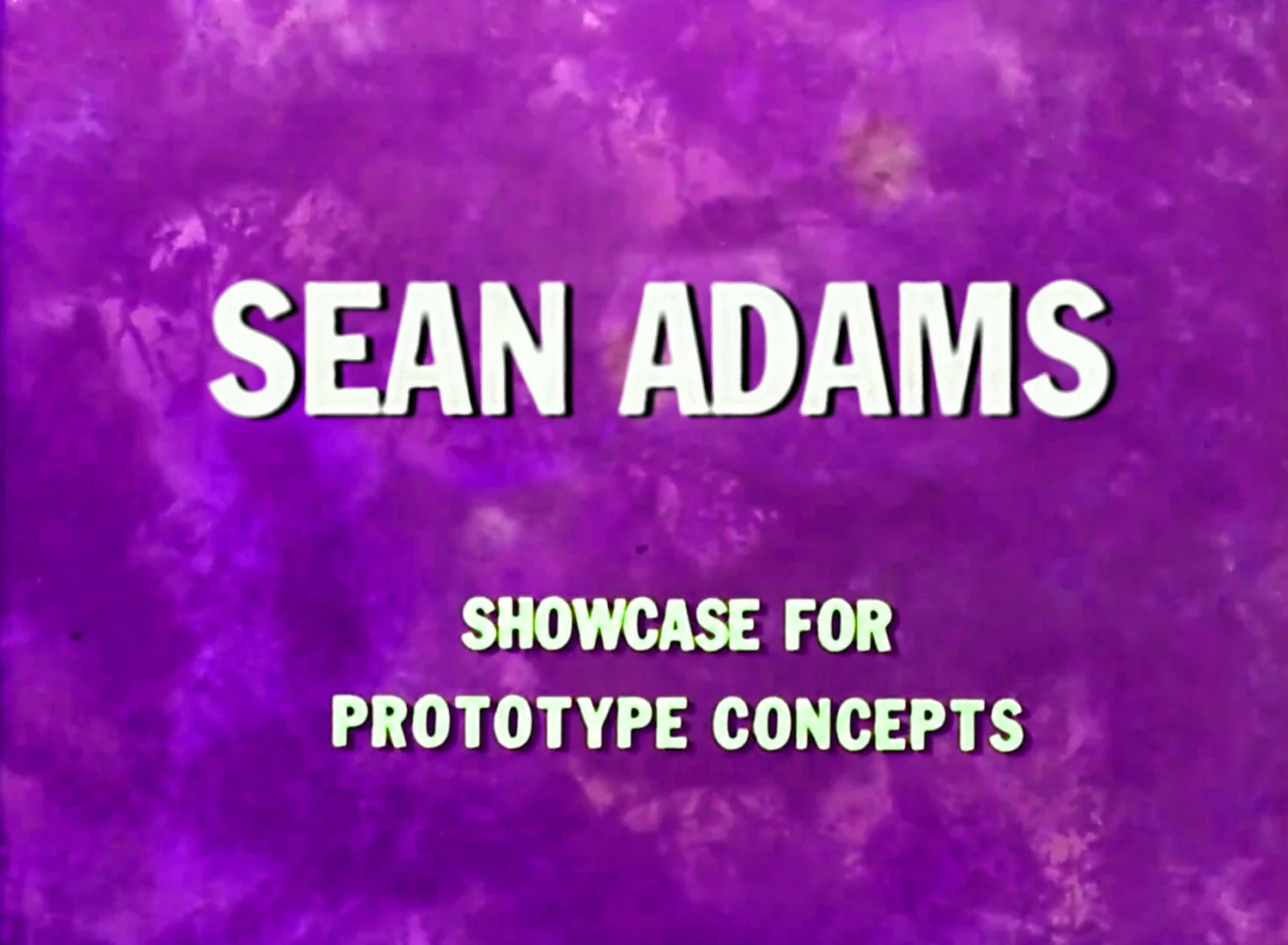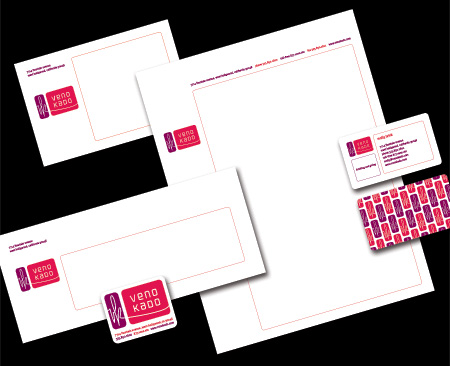On Being A Creative Director
 I know that it is "Where Wednesday" on Burning Settlers Cabin, and I bet you are asking: Where is Sean Adams? He's not here in Los Angeles. However, I had the opportunity to interview Sean recently on what it means to be a creative director. Here's our conversation:
I know that it is "Where Wednesday" on Burning Settlers Cabin, and I bet you are asking: Where is Sean Adams? He's not here in Los Angeles. However, I had the opportunity to interview Sean recently on what it means to be a creative director. Here's our conversation:
Q. Do you consider yourself to be a creative director?
A. “Yes. As a partner at AdamsMorioka, it’s my job to drive the projects conceptually and manage the aesthetics and quality. This doesn’t mean that I tell a designer to use Franklin Gothic, red, and yellow (although I’d like to). This means that I have access to the larger ideas of the project and can help direct the choices made to meet that criteria.”
Q. How long did it take you to feel like you had developed the expertise required to direct others?
A. “It’s a natural course to start a career and think you must do everything yourself. It took several years before I was able to lose that control, primarily out of necessity. I can’t think of a specific project that caused this change. There was a period about ten years ago, when I realized that I could not handle everything—either physically, mentally, or emotionally. The only option was to delegate, and allow others to manage parts of a project.”
Q. What does it mean to collaborate creatively?
A. “To listen without judgment. A terrible idea can lead to an extraordinary idea. But if you dismiss the bad ideas, without asking what is underneath that idea, you’ll lose the chance to run in new territories.”
Q. Got any tips for someone who wants to be a creative director on how to:
Get the best out of other creative people?
A. “Know the big picture and the important issues. Allow the creative team to be creative. Even in a hard-line corporate system, there is always room for new ways of thinking. This does not translate to let them do whatever they want. Being free and doing ‘wacky’ is not solving problems.”
Deal with clients?
A. “Listen, listen, listen. They’re not stupid. They know their own business better than you do. They don’t know how to articulate creative concepts, so it’s the designers job to interpret, not to dismiss an idea or concern because it seems ‘dumb.’”
Manage teams?
A. “Manage them. Know who is responsible for what component, and make sure they know. It’s too easy to think someone else is taking care of something, and pass on the ownership.”
Q. How would you describe the work you are doing now?
A. “Exciting, and sometimes scary. The creative part of the job is fairly easy for me, the changing technologies are the tricky part. I don’t mean new software that we use, but the way technologies are impacting our clients’ businesses. What is the internet and mobile world doing to broadcast? How does information need to be restructured for a audience raised on new technologies? Can I still use red and yellow?”
Q. What is the most satisfying part of your job?
A. “Knowing that our work has helped with successful results, that people kept their jobs, or made more money, or had their idea communicated.”
Q. In summary, what do you think are the two most important skills a person needs to be a successful creative director?
A. “Translating and analytical skills”


